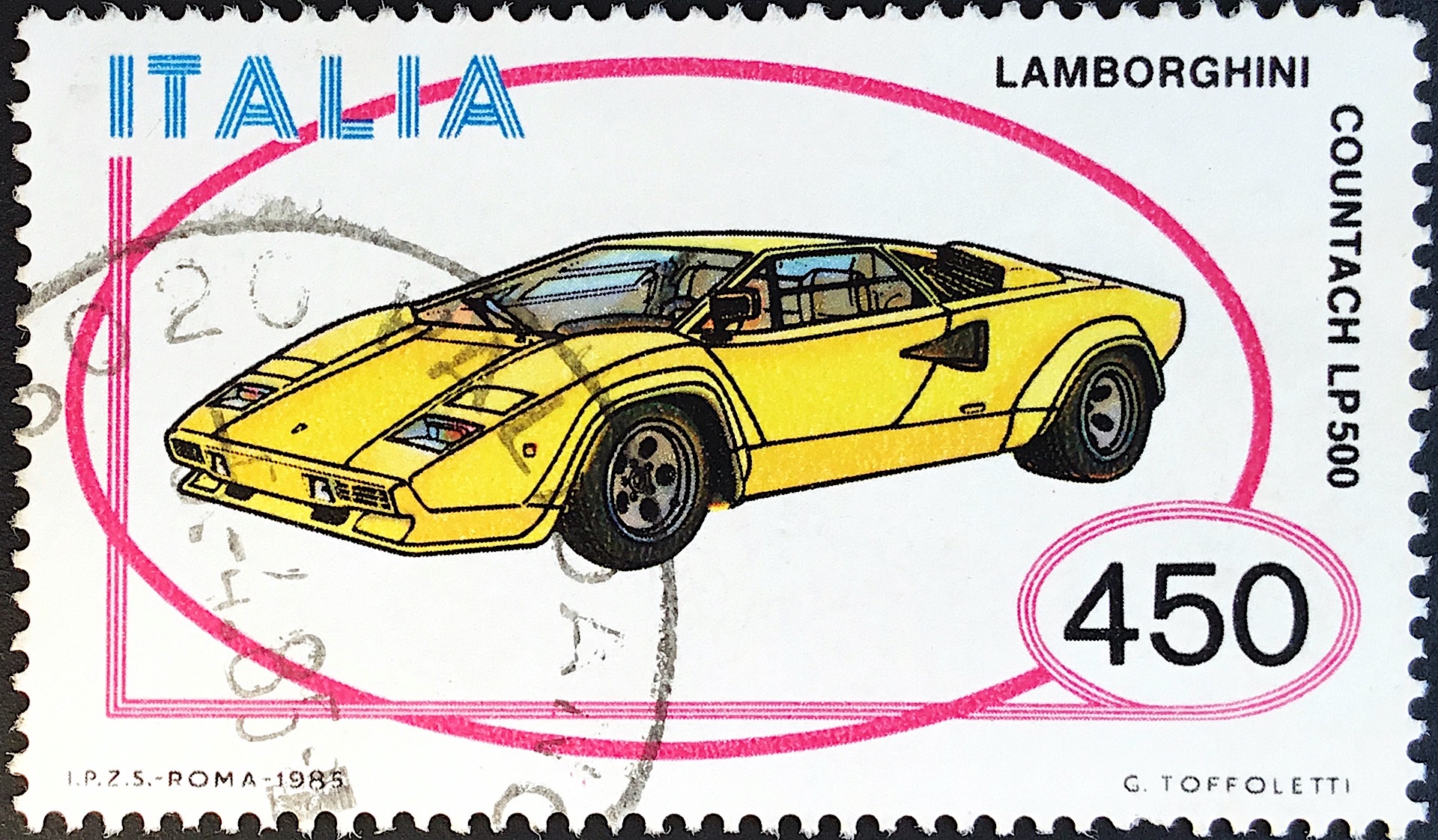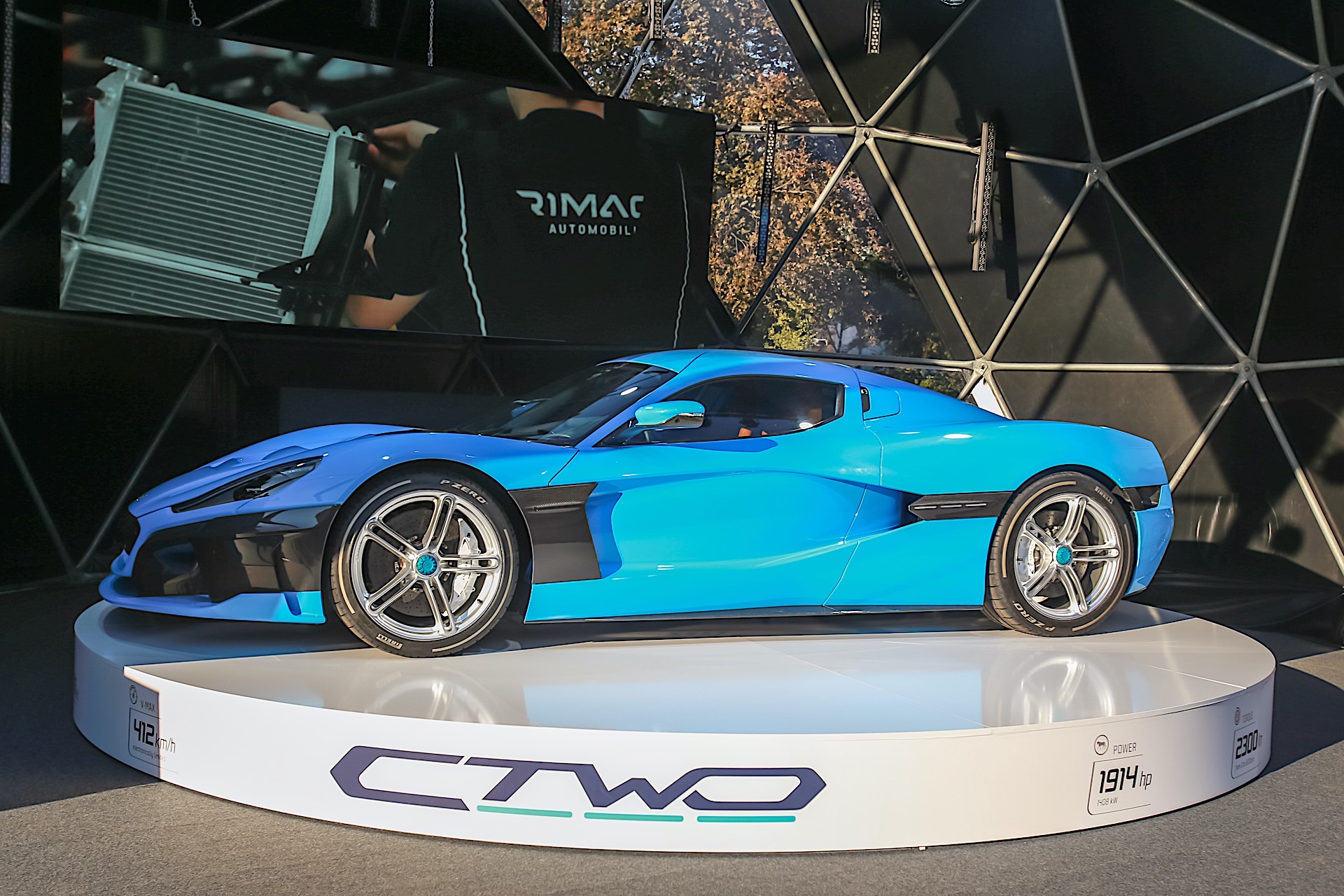Think back to your childhood bedroom. Did you have a car poster on your wall? If you did, surely it wasn’t something beige, reliable, and economical. Nobody had a 1983 Honda Accord poster on their wall; it was something like a Countach or a Testarossa, right? Maybe you lusted after those 1980s 200-mph weapons, the Ferrari F40 or the Porsche 959. Personally, I was a Corvette kid with the monster dual-overhead cam ZR-1 running around my thoughts as a youngster.

What’s out there today that makes young impressionable budding car enthusiasts weak in the knees? For almost fifteen years I’ve been hearing the word Bugatti as the answer to that question. It makes sense that youngsters who don’t even have their licenses yet would be thrilled by the legend of the fastest production car in the world. They’ve never pushed the throttle pedal to the floor far enough to hit 70 miles per hour, they can’t even fathom what 300 miles per hour might feel like.
Bugatti, since the introduction of the Veyron 16.4 in 2005, has been synonymous with engineering excellence. The French manufacturer builds rolling superlatives. That’s what it exists to do. Well, that and feed Ferdinand Piëch’s ego, may it rest in peace.

So, what happens if and when Bugatti — the hypercar that kicked off a generation of hypercars — is traded off by the Volkswagen group to Croatian electric car builder Rimac? With company boss Mate Rimac — a certified EV virtuoso — in charge of the storied pinnacle of internal combustion technology, will Bugatti transition from super polluter speed machine to eco-conscious speed machine? I really hope so, because the electric revolution needs to inspire the minds of future gear heads by putting up a new pinnacle. Give the young speed freaks an EV with complex and beautiful French bodywork plus a world-beating speed number to pin to their bedroom walls and dream about driving as they drift off to sleep.
Many have put forth that car culture is dying and that the youth of today care more about the new iPhone than the new supercar, but here’s the thing; it is just not true. Car culture is alive and well in the modern era, it just doesn’t look like your local hot rod cruise in anymore. I know that inspiring a group of preteens who don’t have money or a driver’s license isn’t the purpose of a Bugatti-Rimac tie up, but the knock on effect could make a big ripple in the pond of automotive culture that pays off for years to come.
CHECK OUT: When electric and endurance meet
Rimac doesn’t just make electric supercars like the C_Two, which is admittedly worthy of a poster pinup itself. Rimac’s real business is in supplying motors, controllers, and batteries for Aston Martin, Koenigsegg, Jaguar, Seat, and Pininfarina. Porsche owns a piece of the Rimac pie, and it wants a bigger slice, meaning it too could eventually benefit from Rimac’s electric technology and Bugatti’s chassis technology. This electric tech, speed, and striking good looks could trickle down to other cars in the greater Volkswagen/Audi lineup.
The moral of the story is that the greater electric enthusiast community shouldn’t expect to gather the collective attention of the planet’s youths with a fleet of silver Tesla Model 3s and Volkswagen ID. 3s. To affect real change we need to capture and harness the imaginations of the next generation of enthusiasts, engineers, and car folks in general. This is how you make electric cool. Think bigger. Think in terms of poster cars.

